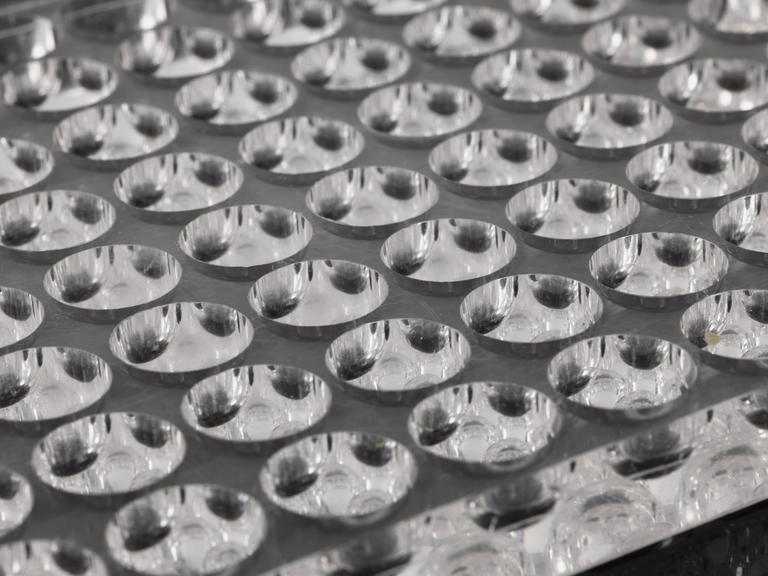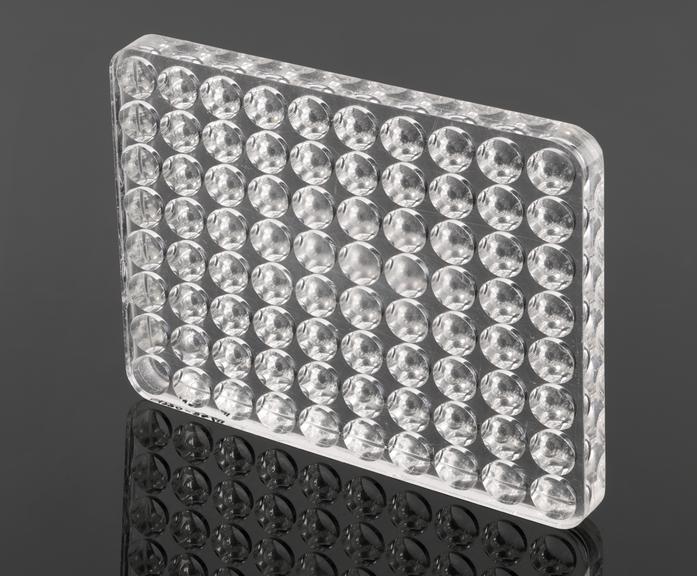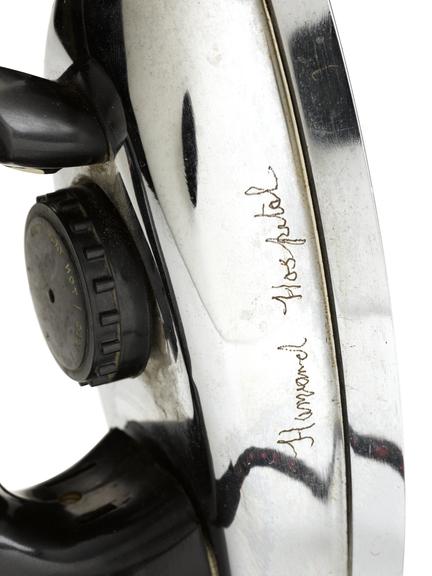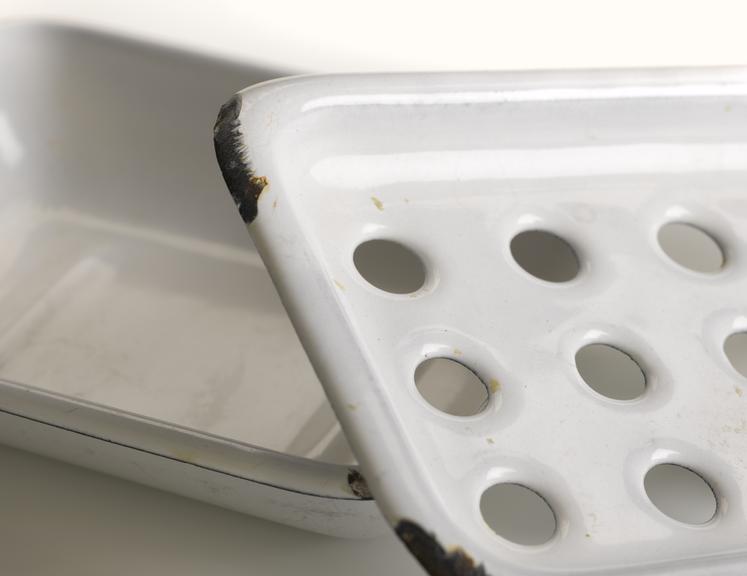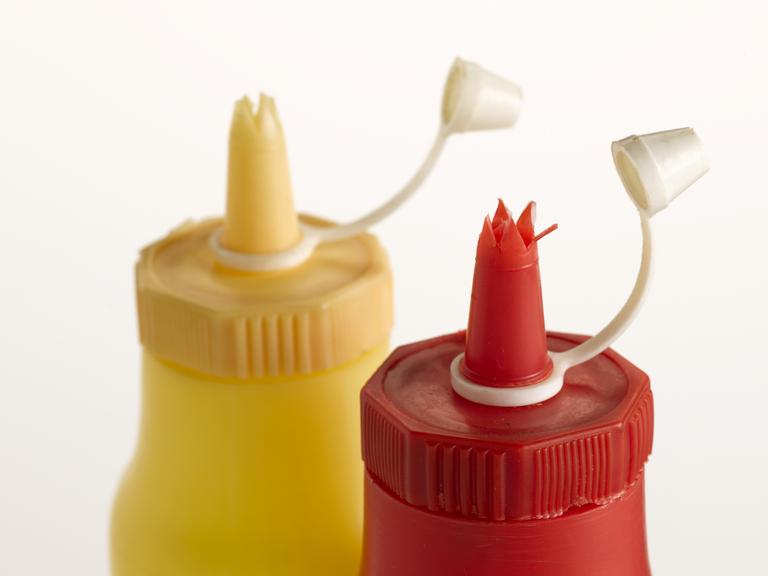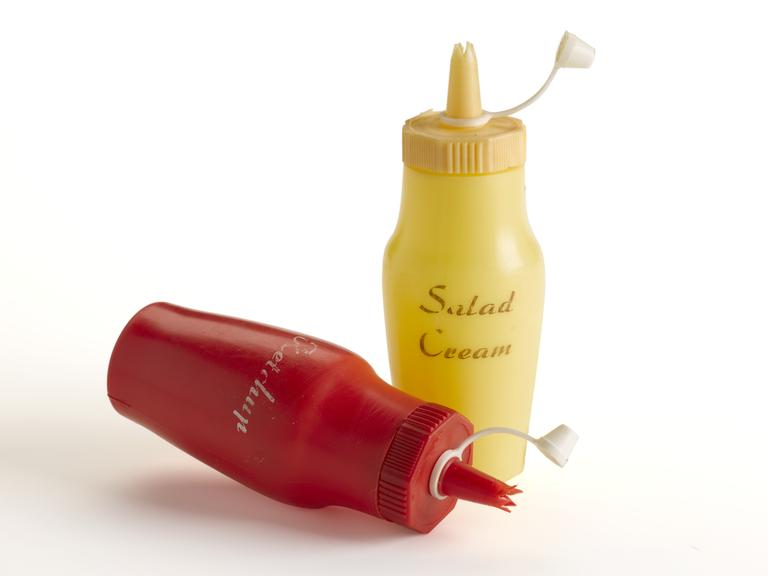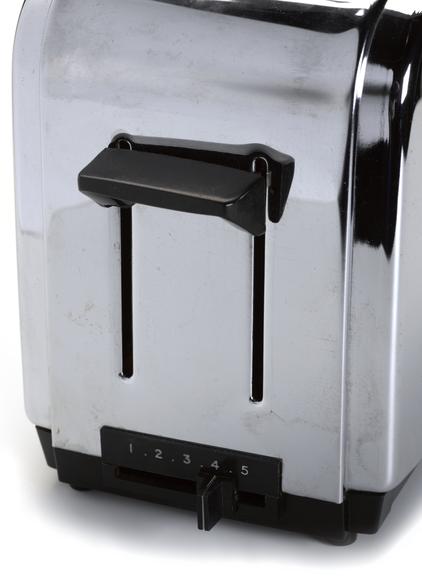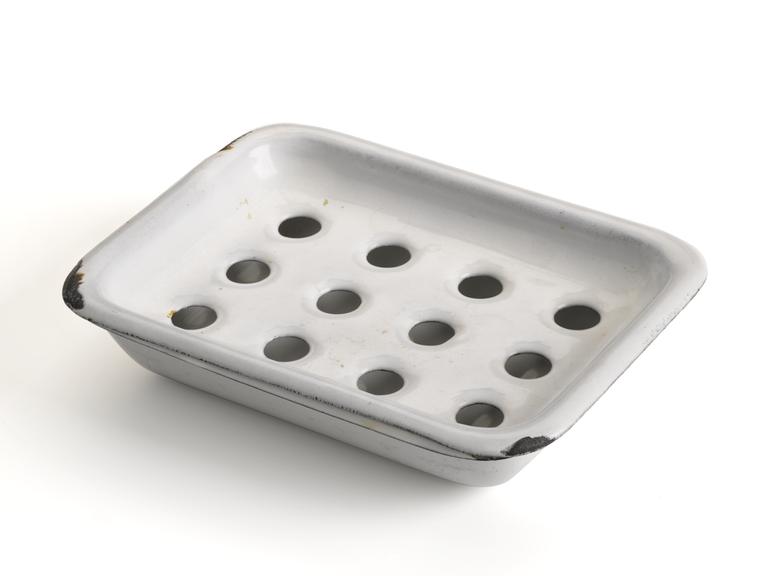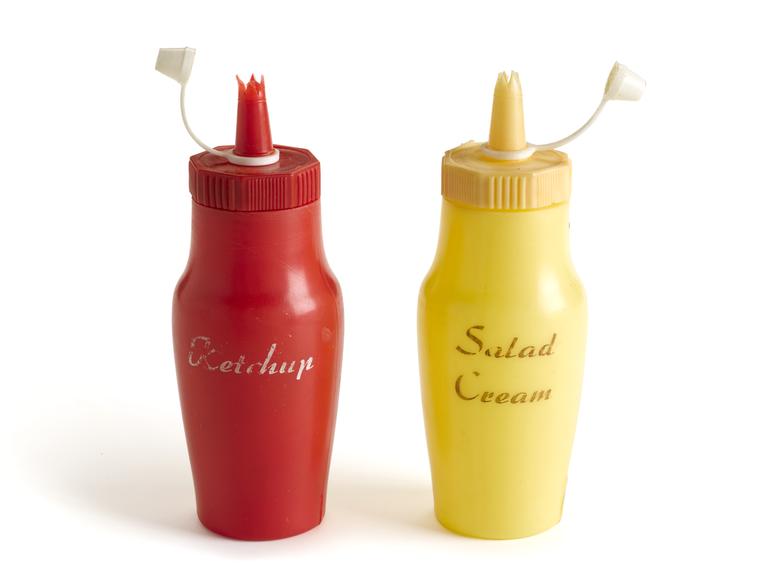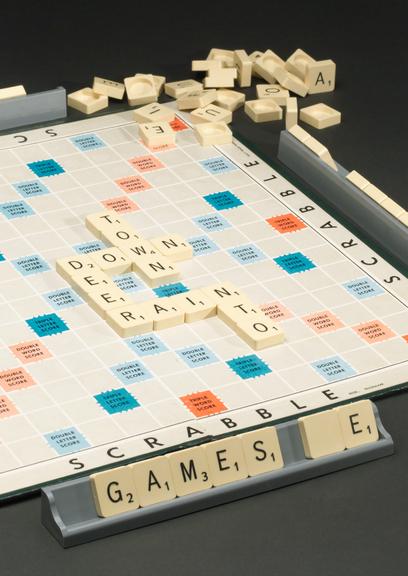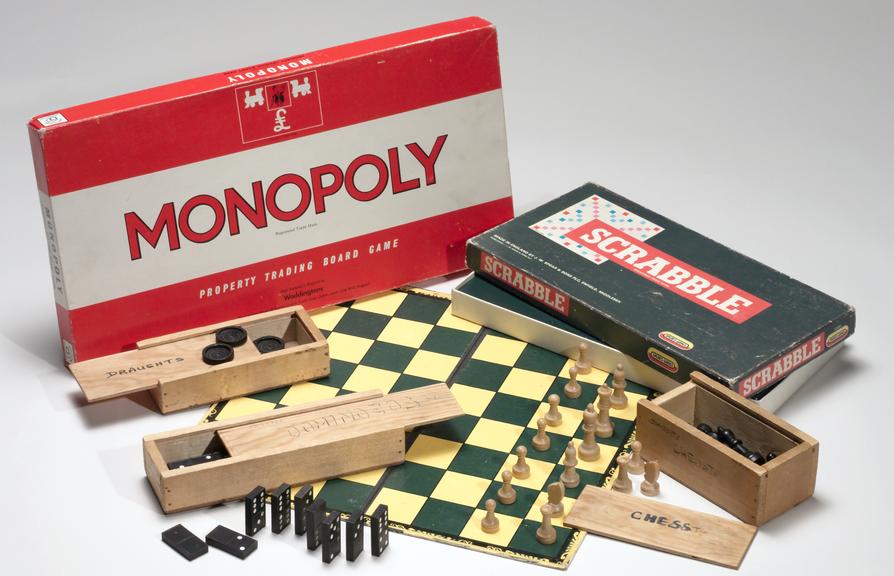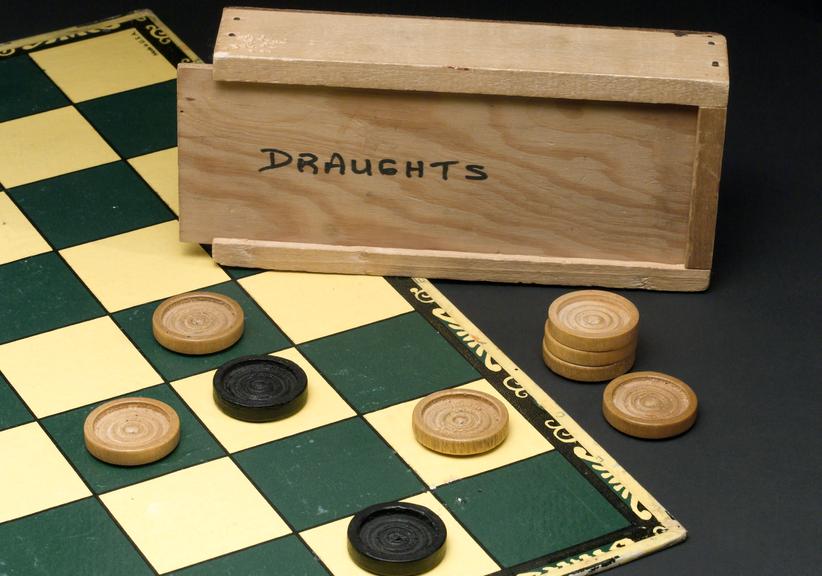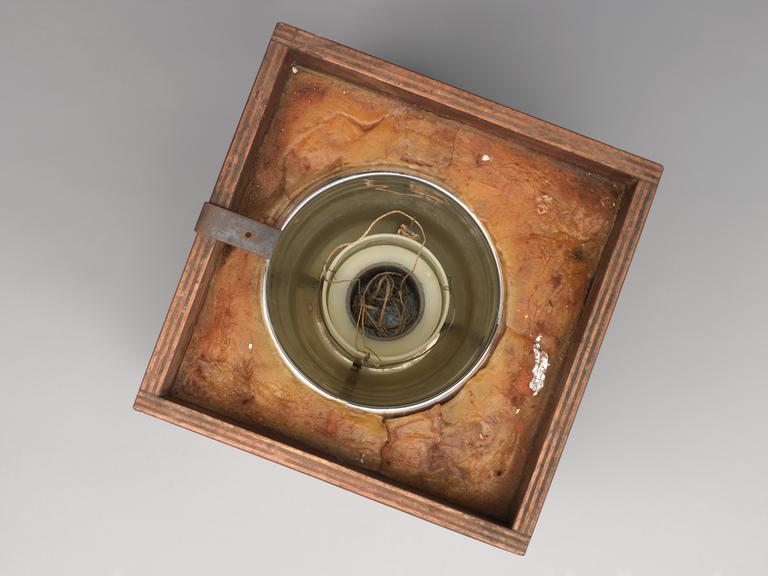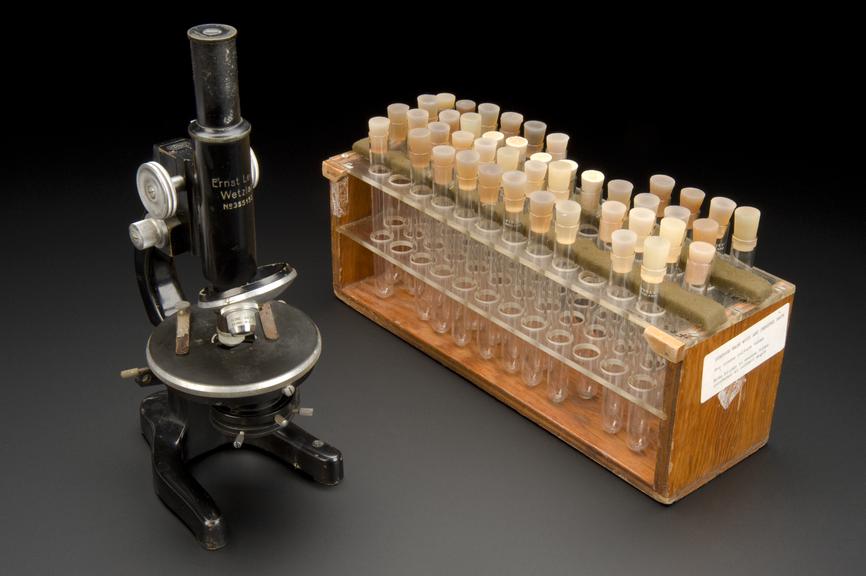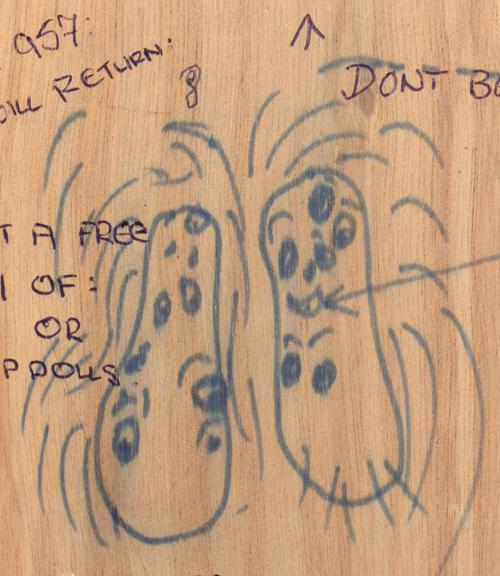Microbiological bench with stool
1941































Collection of items from the MRC Common Cold Unit, Harvard Hospital, Harnham Down, Wiltshire, England, 1946-1990
The Common Cold Unit (CCU) was a unit of the British Medical Research Council that undertook research on the common cold between 1946 and 1989. It studied the cause, the spread, the prevention and the treatment and published over 1,000 papers. It was based at Harvard Hospital, a former military hospital at Harnham Down near Salisbury in Wiltshire.
The research required lots of volunteers and they were recruited for clinical trials via advertisements in newspapers, staging the research as an unusual holiday opportunity that volunteers were paid a small amount to attend. Some were infected with preparations of cold viruses, and some given placebos, and all were watched and recorded for around 10 days by CCU staff. They stayed in small groups of two or three but were strictly isolated from other groups and the public, although they were allowed to go for walks in the countryside around Salisbury.
The volunteers came to stay on a fortnightly basis. They would arrive on a Wednesday to have an examination and x-ray and then would quarantine for 3 days to ensure they hadn’t caught a cold from the outside. They were then administered nose drops containing either the cold virus or a placebo on a Saturday, and observed with their pulse, temperature and symptoms recorded over the following week. The rooms the volunteers stayed in were fitted out with lots of activities to keep them occupied such as a radio, telephone, books and games, and during the early years when rationing was still in place, hot meals three times a day was also a big attraction. These common facilities that played such a huge part in the stays of the volunteers made up a large amount of the objects collected by the Science Museum when the CCU was shut down in 1990.
The Common Cold Unit site was formerly the American Red Cross Harvard Hospital which worked on communicable diseases such as HIV/AIDS, Tuberculosis and Malaria during the Second World War in 1941-42. The hospital was taken over by the US Army in 1942 as part of the war effort. It carried on its research work, but also became the main blood transfusion centre for the US Army in Europe during the war. After the war, the hospital was donated back to the UK, and Dr Christopher Andrewes took charge of the site and it became the home of the Common Cold Unit in July 1946, again carrying on research into infectious diseases.
The CCU’s work into the common cold was important and came at an interesting point in the history of medicine. By this point, and Dr Andrewes himself notes this, most ‘major killing plagues’ like cholera, typhoid, yellow fever and smallpox were under control in the UK, meaning that research institutions could turn their attention to the ‘lesser plagues, the miseries and inconveniences’ like the common cold. These illnesses can cause fatal to the very young and very old, and their economic cost in terms of sick leave can be substantial.
Despite the CCU’s work over the 43 years they were in operation, no cure for the common cold was found. However, research made by the Common Cold Unit discovered how the common cold is caused, how it spreads, and the impact on an international scale. It also improved our understanding of other respiratory viruses, their lifecycle and possible vaccines for the future.
1941
1957-59

1946-1969
1946-1969

1960-1962
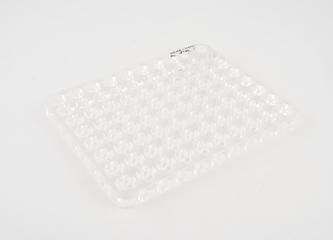
1950-1959
1960-1989
1958-1959
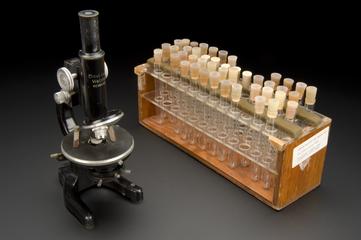
1956
1950-1953

1946-1960

